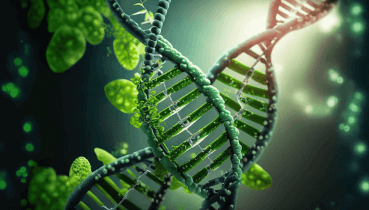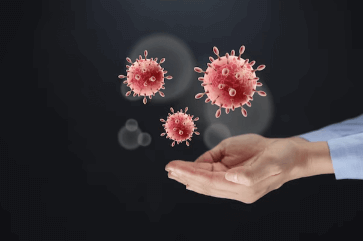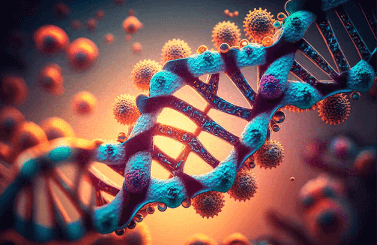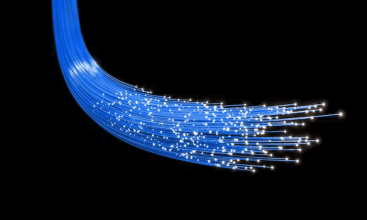Question
a.
dATP
b.
dGTP and dCTP
c.
dTTP
d.
all of these
Posted under Biochemistry
Interact with the Community - Share Your Thoughts
Uncertain About the Answer? Seek Clarification Here.
Understand the Explanation? Include it Here.
Q. Deoxyribonucleoside triphosphates, being need in the chain termination methods are
Similar Questions
Explore Relevant Multiple Choice Questions (MCQs)
Q. 30 nm wide helix with five or six nucleosomes per helix is known as
View solution
Q. Which of the following is used to determine the appropriate stringency (Wallace rule)?
View solution
Q. One hypothesis of DNA replication suggested that the parental DNA molecules are broken into fragments. Both strands of DNA in each of the daughter molecules are made up of an assortment of parental and new DNA. This statement refers to which hypothesis?
View solution
Q. DNA polymerases I also has
View solution
Q. Without telomerase, what would happen to the ends of chromosomes after each round of replication?
View solution
Q. What is the approximate percentage of repetitive DNA sequences in human DNA?
View solution
Q. The replication of a linear DNA molecule in a eukaryotic chromosome creates a problem which is reported to be sorted out by
View solution
Q. The rapid appearance of HIV-1 strains that are resistant to AIDS drugs is due in part to which of the following property of its reverse transcriptase?
View solution
Q. The packing ratio of nucleosomes is about
View solution
Q. After one replication in 15N, how many bands should be observed in a cesium chloride gradient?
View solution
Q. Which of the following species lack a 'classical' histone H1?
View solution
Q. Which of the following is correct?
View solution
Q. The size of a linear DNA fragment in a gel can be estimated by
View solution
Q. Which of the following are short nucleotides strands made by DNA polymerase working in the opposite direction of the replication fork?
View solution
Q. Which of these drugs bind to DNA and cuts it, producing hydroxyl radicals?
View solution
Q. Replication in E. coli is initiated by the generation of short RNA primers using
View solution
Q. DNA replication results in
View solution
Q. Which enzyme catalyzes the elongation of DNA molecules?
View solution
Q. What is the IUPAC code for an A, C, T ambiguity in a nucleic acid sequence?
View solution
Q. There is a single origin for DNA replication in bacteria. How many origins of replication are found in the much larger genomes of eukaryotes such as mammals?
View solution
Recommended Subjects
Are you eager to expand your knowledge beyond Biochemistry? We've handpicked a range of related categories that you might find intriguing.
Click on the categories below to discover a wealth of MCQs and enrich your understanding of various subjects. Happy exploring!








